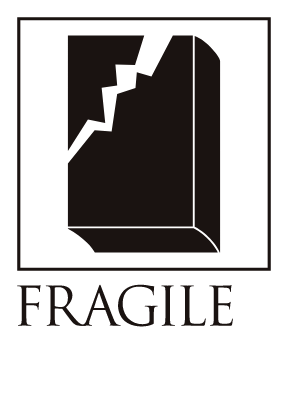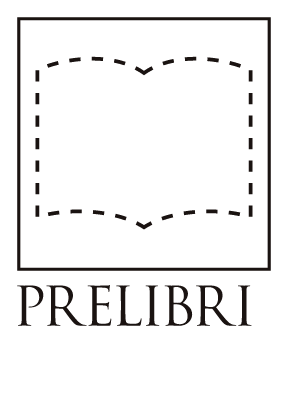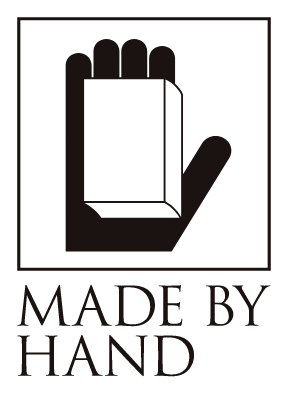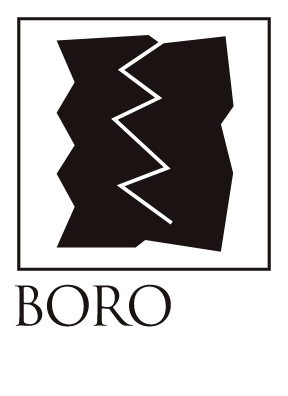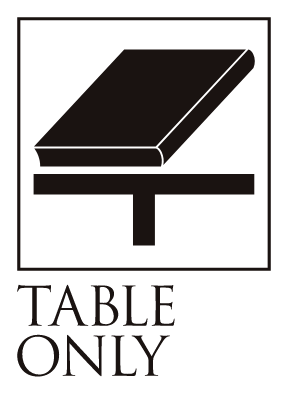107 recettes/Paul Poiret
Bibliographic Details
- Title
- 107 recettes
- Author
- Paul Poiret / ポール・ポワレ
- Images
- Alix Marie / アリックス・マリー
- Publisher
- Editions Jonquières Paris / エディション・ジョンキエール・パリ
- Year
- 1928
- Size
- h225 x w170 x d25mm
- Weight
- 0.77kg
- Pages
- 211
- Language
- French / フランス語
- Binding
- Hardcover
- Materials
- Leather, Paper
- Condition
- Good
ポール・ポワレの直筆サイン入り、レイモン・オリヴェ旧蔵(蔵書印付き)Signed by Paul Poiret, with ex libris of Raymond Oliver, the former owner of the book.
The king of modern fashion
By Paul Poiret
107 cooking recipes.
A beautifully bound book. Even if you don't read books, you'll want to get your hands on this book, which will give you a sense of the craftsmanship of Relieur and the owner's spirit. The author is not a historical chef, but Paul Poiret himself, a leading figure in modern fashion. With a beautifully written message in French and a handwritten signature, this is a must-have for fans.
Poiret founded his own fashion house in 1903 and contributed greatly to the concept of modern fashion, working not only in design but also in marketing, branding and writing. He was also famous as a gourmet, and whenever he launched a new product or clothing, he would invite his favorite restaurants and chefs to host a lavish evening party. In 1919, he retired from his position as a designer, and perhaps he had more time on his hands, as he published this book in 1928. In response to the social recession, the fashion house was completely closed in 1929, and fashion shifted to simpler and more austere styles such as those of Coco Chanel.
Paul Poiret, CNews : photographie de presse. Agence Rol, 1924
If you're thinking, "Oh, it's just a story about fashion," don't be fooled. The elegant leather bookplate on the inside cover, befitting the binding, is engraved with the name "Raymond Oliver." Yes, the former owner of this book was Raymond Olivet, a great master of the culinary world and former owner and chef of the three-star restaurant "Le Grand Véfour" in Paris. Winston Churchill, André Malraux, Albert Camus, Georges Simenon, Henry Ford, Princess Grace of Monaco, Jean Cocteau, and many other extremely famous people were enthralled by his cooking and became regulars at the restaurant. In fact, he also had a connection with Japan. In 1964, during the Tokyo Olympics, he opened a French restaurant at the Tokyo Kaikan for three months. In order to allow people from all over the world who came to Japan to taste authentic French cuisine, he entertained many guests together with the chefs of the Tokyo Kaikan. It is said that the recipes that Raymond Olivet brought had a great influence afterwards. It should also be noted that Raymond Olivet was known in his country as a famous collector of cookbooks (from the author's introduction in "The History of the French Table" by Raymond Olivet).
 Jean Cocteau on the set of the show "Art et magie de la cuisine" with Catherine Langeais and Raymond Oliver
Jean Cocteau on the set of the show "Art et magie de la cuisine" with Catherine Langeais and Raymond Oliver
The book is a practical guide that includes 107 recipes, including non-French dishes, that Paul Poiret collected from various chefs and acquaintances, along with illustrations of the dishes. For a practical book, there are no detailed ingredients or measurements, and although all the recipes are accompanied by tasteful line drawings, these do not necessarily show the finished dish; in the case of skewered grilled eel, the illustrations are generous, depicting a lively looking eel. For those who normally cook strictly according to the measurements written in cookbooks, this recipe may be quite worrying. However, for those who usually cook by eye, the minimum amount of ingredients and instructions are written, so it is a recipe that can be started quite easily. Below are some excerpts from the book:
<Cabbage with jam>
Take small white, curly cabbage leaves.
Spread with delicious blackcurrant jam.
Spread with jam and enjoy.
<Eel skewers>
Select a large eel and peel it.
After making an incision on the back and letting the lard soak in,
Toss with oil, salt, pepper, bay leaf, onion and parsley and marinate for 3 hours.
Put on a skewer and grill.
Season with goose fat.
Serve with remoulade sauce.
Now, this is just speculation, but I feel that the background to the creation of such a diverse, free and generous recipe book has a lot to do with Paul Poiret's personality and the historical context.
At the time this book was published, the Club des Cent, a group of gastronomy enthusiasts who valued traditional styles, dominated the French culinary world. You may have heard the word "gastronomy" somewhere before. In Japan, "gastronomy" is often translated as "gourmet food," but it is not just about eating delicious food, but also about enjoying food made with excellent techniques, high-quality ingredients, and the chef's creativity, as well as beautiful plates and cutlery, the finest wines, and elegant service by professionals such as sommeliers in a luxurious space. In other words, to eat at a gastronomy restaurant, you must sit politely at the table for at least three hours, and an average of four hours. Poiret, who was also a gourmet, had such revolutionary ideas that he came into conflict with the president of the Club des Cent, and in 1928, Poiret founded the Club des Purs Cent in opposition to the president, and published this book at the same time. The club name was simply the addition of "Purs" to the name of its rivals. "Purs" is French for pure, perfect, and pure, and was the antithesis to its rivals. What a pure rebellious spirit. In fashion, Poiret liberated women from the oppressiveness of corsets, but in the culinary world, he also tried to liberate gourmets and chefs from the rigidity of gastronomy (perhaps his true intention was that he wanted to be liberated).
Banquet du Club des Cent, en 1914.
Another thing worth mentioning about the recipes is that they introduce a variety of genres other than French cuisine, and dishes using all kinds of ingredients. For example, "American-style cold eggs," "Sautéed shrimp (Chinese style)," "Hungarian grilled," "Portuguese rice," etc. He compiled recipes that Poiret thought were delicious or looked delicious, regardless of the seasonings and ingredients that were not available in France at the time. This was exactly the method that Poiret used to take the world by storm in fashion. I think he wanted to let the world know that the new form that incorporated various styles (Japanese kimonos and obi, Middle Eastern caftans, etc.) that ignored non-Western traditions was the true beauty and true gourmet food.
Furthermore, the 1920s were known as the "Roaring Age." In the art world, it gave birth to a wide variety of expressions, including those of Marcel Duchamp, Man Ray, Modigliani, and Picasso, while in the dance world, the experimental film "Ballet Mécanique" was released. And in the fashion world, it was Poiret and Coco Chanel who led the way. These people who created new artistic styles are often thought of as having decadent ideas that rejected old customs, but their motivations were much purer, and were ultimately determined to "enjoy life" without being bound by tradition or common sense.
In today's bland world where fashion, politics, and literature are all controlled by formats and lots, we would like to toast to the exquisite recipes left behind by Poiret, who lived through these crazy times.
Text by Ema Otobe
<Related Links>
The full text of this book is available on the French National Library website.
Bnf Gallica



